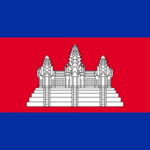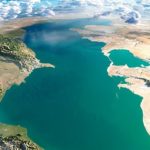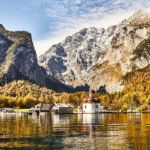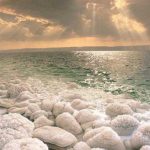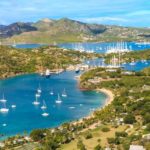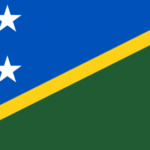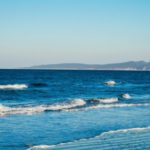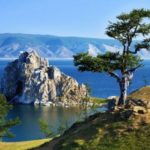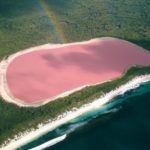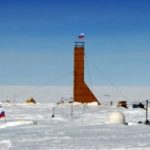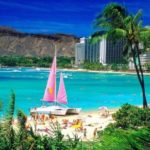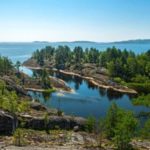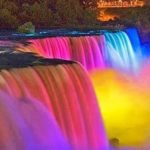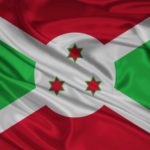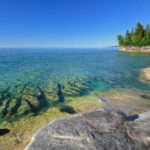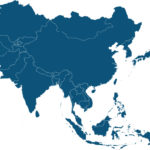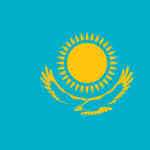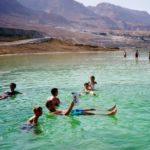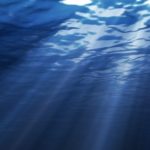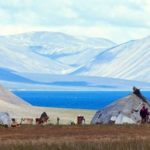Top Tourist Attractions of Cambodia
 There is an amazing place in Cambodia where people live their lives on the water, here their work, here their home. This place is called Tonle Sap. Among the locals there are two more common names: “Cambodian Inner Sea” and “Big Lake”. In many reference books it is listed as the largest lake on the Indochina peninsula. But this is not entirely correct concept. This part of the land, which was not so long ago a seabed, but due to volcanic processes, part of the land rose and cut off this area from the big water.
There is an amazing place in Cambodia where people live their lives on the water, here their work, here their home. This place is called Tonle Sap. Among the locals there are two more common names: “Cambodian Inner Sea” and “Big Lake”. In many reference books it is listed as the largest lake on the Indochina peninsula. But this is not entirely correct concept. This part of the land, which was not so long ago a seabed, but due to volcanic processes, part of the land rose and cut off this area from the big water.
Since then, Tonle Sap, in fact, has become a lake, but with no permanent banks. In the dry season, the water surface area does not exceed 2,600 km. But in the rainy season and the melting of snow in the mountains, the water from the mountains rushes here and it pours, flooding the whole district. The water level rises by almost 10 meters, and its area increases by more than ten times. At what, one incredible detail is interesting. The river flows into the lake, which is also called Tonle Sap. So, in the rainy season, water arrives in the lake, and in a dry time, on the contrary, water flows out of it. So this river once a year changes its course to the opposite. These sights of Cambodia are little known.
The Khmer people living in these areas even have a legend about the origin of this amazing lake. According to this legend, the Indian prince, who married the beauty of these lands, after a stormy wedding on the island, drank all the water from the bay. And after that, the water in the formed lake became fresh. Well, this is a legend, and in fact in the IX century the Khmer King Jayavalmann II settled in these parts. He declared himself a devaraja, or equal to God Shiva, and then mean the carrier of his will. Since then, the Khmer Empire appeared. Subsequently, King Suryavarman II built the famous temple complex of Angkor Wat, dedicated to the god Vishnu. In the XV century. the complex was abandoned and began to fall into neglect, until the French traveler Henri Mouaux visited these parts. Thanks to his petition, the temple, as a wonderful landmark of Cambodia and all of Indochina, was restored by European authorities, and it has survived to our time.
Tonle Sap Lake is located in the southeast of the Indochina Peninsula. In these parts there are very convenient places for cultivating rice and it is grown here in vast territories. But in the dry season the water leaves the fields and people have to manually replenish its level. This is hellish work, and in the heat.
But the area itself Tonle Sap was a little populated. The constant influx and outflow of water makes these places unsuitable for farming. But hardworking Khmer and from this managed to get the benefit. The small depth of the lake serves as a breeding ground for a huge amount of fish and the fish wealth here is truly incalculable. And people adapted to live on the water. Their homes near the coast are built on stilts, and on the water on pontoons. More often, these are ordinary rafts on interconnected empty barrels.
These floating houses eventually grew into small farms, and in some places even whole villages. From the coast, artificial braids were poured over which even asphalt was laid, the nose was made, of course, not by the residents of these shacks, but by merchants buying fish here. This region feeds the whole country with fish.
Of course, these dwellings can hardly be called houses, but the main thing is electricity, small generators or batteries. allowing to provide life and even refrigerators. Water is drunk by the lake itself. Although she looks more like coffee. But the inhabitants of this “Cambodian Venice” are accustomed to this. The other is still not. Bottled water is very expensive. Some local entrepreneurs have filter installations, but this is rare. In some places, these villages stretch for several kilometers.
In the big villages there is civilization. There are also kind of floating stores. Schools are open to several villages, also in the floating version. In one of these villages, we saw even the semblance of a floating restaurant or cafe. There is even a church in which they systematically conduct service. In one village we even saw a floating basketball court.
The main and only mode of transport here is of course the boat. It is noteworthy that children are not accepted to school if they cannot swim and control a boat.
All these villages do not stand in one place. In January, water from the lake begins to flow into the Mekong and the fish season begins. Fishermen overtake their homes further from the shore, and closer to summer, they are completely to the center of the lake, where the main catch is. But the rainy season begins and since June the floating houses again move to the shores. So during the year fishermen overtake their homes 5-6 times. Places where villages are established usually have a depth of 1-2 meters.
